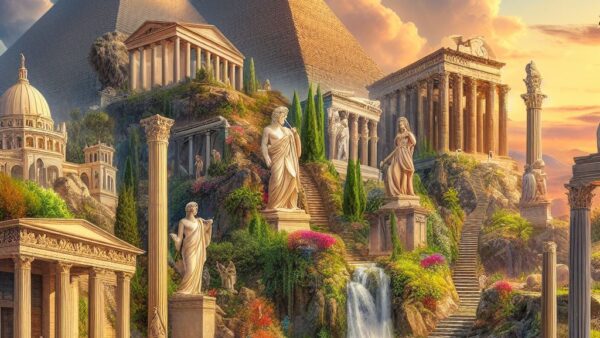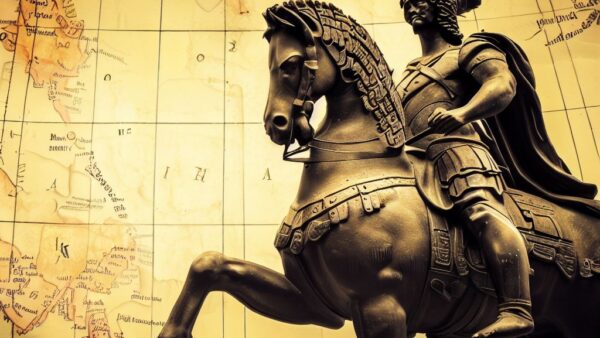Walking in the Footsteps of Ancient Israelite Society
As I learn more about ancient Israelite society, I become fascinated with what daily life must have been like for its inhabitants thousands of years ago. Although our modern world differs greatly, understanding their culture helps us appreciate our shared humanity across eras. Let’s take a step back in time and explore what life was really like for these pioneering people.
Much Like Us, Family Came First
Family formed the building blocks of Israelite communities. Tight bonds between extended families and clans supported each village through good times and bad. Men led households while women nurtured children and home life. Though patriarchal, all contributed value according to their means. Family provided social safety nets still familiar today – a place of belonging, mutual aid and cultural transmission between generations.
A Simple Agrarian Life, Rooted to the Land
Farming sustained most Israelites. Men worked fields as women managed homes, weaving, cooking and caring for livestock. Nature’s rhythms dictated planting and harvest cycles still echoed in autumn festivals giving thanks. People lived simply off the generous earth, as many rural folk still do worldwide. Their connection to promised land gave deep spiritual roots and anchored national identity, much as homeland defines people globally even now.
Faith at the Center of Community
More than just a personal belief, Israelite faith interconnected the whole society. Temple rituals and oral traditions preserved their unique story and laws. Sabbath rest and festivals unified scattered villages in shared worship. Prophets and priests guided moral compasses and justice systems still recognizable in modern democracies. Most significantly, belief in one God Yahweh distinguished Israelites amid ancient polytheism, forging a distinctive national character.
Lessons for Today
Though millennia separate us, ancient Israelites faced challenges familiar to humanity – how to balance traditions with progress, rights with responsibilities, faith with plurality. Their resilience and commitment to higher principles through hard times remain an inspiration. Walking metaphorically in their footsteps reminds us that for all technical advances, our hopes, loves and need for community transcend the ages. Perhaps this shared heritage can unite diverse peoples even today.





